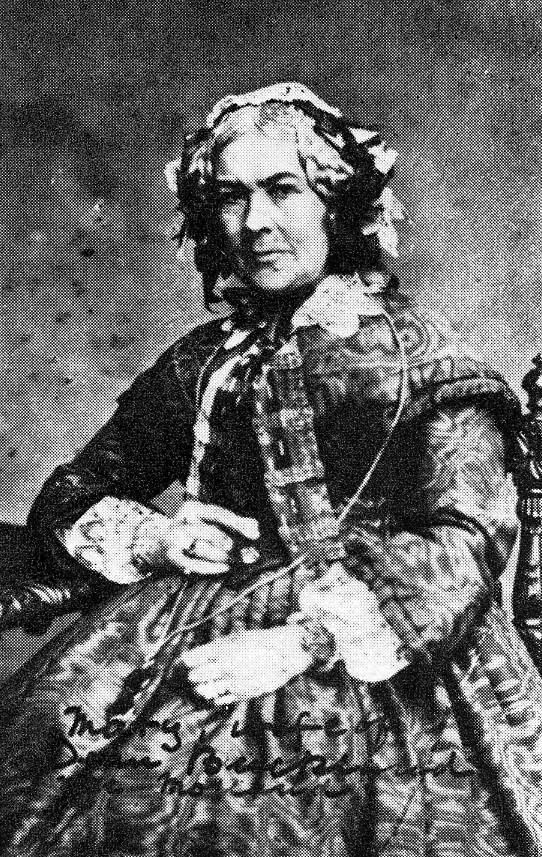Frances Hardinge - Who wants to embroider when you can dig up prehistoric monsters?
Published on: 16 September 2016 Author: Frances Hardinge
The Lie Tree featured as one of our Bookbuzz books in 2016. The book is the story of Faith, daughter of a Victorian clergyman, whose appetite for science has been whetted by the books in her father's library.

She is fascinated by natural history and the study of ancient bones, but everywhere she turns she meets discouragement. After all, how could the poor little female brain cope with scientific matters?
Rather well, as it turns out.
Back in Victorian times, the scientific world was filled with rich, respectable gentlemen, and there might as well have been a sign saying 'No Girls Allowed' hanging on the door. Despite this, some women fought their way in, and became archaeologists, palaeontologists (experts on bones) and natural scientists. They weren't taken seriously, and a lot of the time they were ignored and excluded. They didn't get the same education as the men, and they weren't always given credit for their findings. But they battled on anyway, and made important discoveries.
Mary Anning was a poor cabinetmaker's daughter, who began fossil-hunting in Devon when she was a little girl. She became very, very good at it.

It was dangerous work, because Mary had to venture under treacherous, over-hanging cliffs that tended to drop rocks on people (she was once almost killed in a landslide). In spite of this she discovered a whole new species, the Ichthyosaurus, and also found a pterodactyl, important fish fossils, a complete plesiosaur and many, many more.

Although she became a major expert on fossils and geology, Mary wasn't allowed to join the important scientific societies because she was a woman. Many of the great male scientists of that time visited her, eager to learn from her and buy her fossils. But when they went on to publish papers about her finds, a lot of them didn't mention her at all.
Mary Buckland was the wife of Dean William Buckland, one of the most famous scientific minds of the time. (He was also very eccentric. Occasionally he served guests mouse-on-toast, and once he apparently ate the pickled heart of a French king, just to see what it tasted like.)

Mary was a gifted fossil geologist in her own right. She threw herself into assisting her husband with his work, taking part in experiments, sketching exciting discoveries and even helping him write his papers. Even now, it's hard to tell where his work ends and hers begins.
Then there's the swashbuckling Jane Dieulafoy.

Jane was a French archaeologist, explorer, historian, journalist, photographer and author. She was also a deadly sharpshooter, fought in the French army, and wore men's clothing because it saved her time and trouble. (Cross-dressing was considered shocking at the time, and was usually illegal in France!)
According to one story, Jane once found herself attacked by eight nomads whilst in Persia. Instead of panicking, she pulled out both her pistols, and declared: 'I have fourteen bullets to use on you; go and fetch six more of your friends.' She successfully held them at bay until reinforcements arrived.
Her husband Marcel seems to have been rather splendid too, respecting Jane as an equal and giving her credit for her part in their work. Together they travelled the world, found ancient treasures, fought in wars side by side, and had the sort of adventures you just couldn't make up.
Fortunately, amazing women like these are being rediscovered. For example, the Trowelblazers project is finding out about many little-known female archaeologists, palaeontologists and geologists of the past - women who spent their lives digging into the world to find out how it worked.
There's a lot more of them than you might think!
Topics: Non-fiction, Bookbuzz, KS3, Secondary, Features





